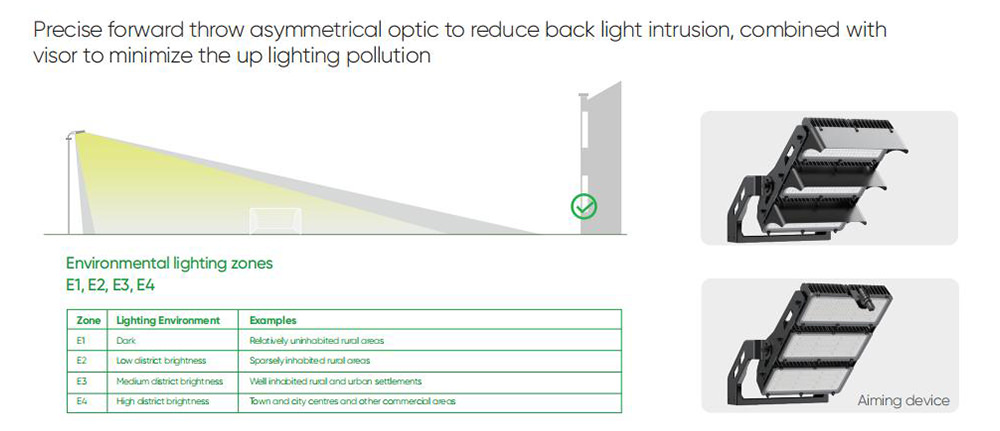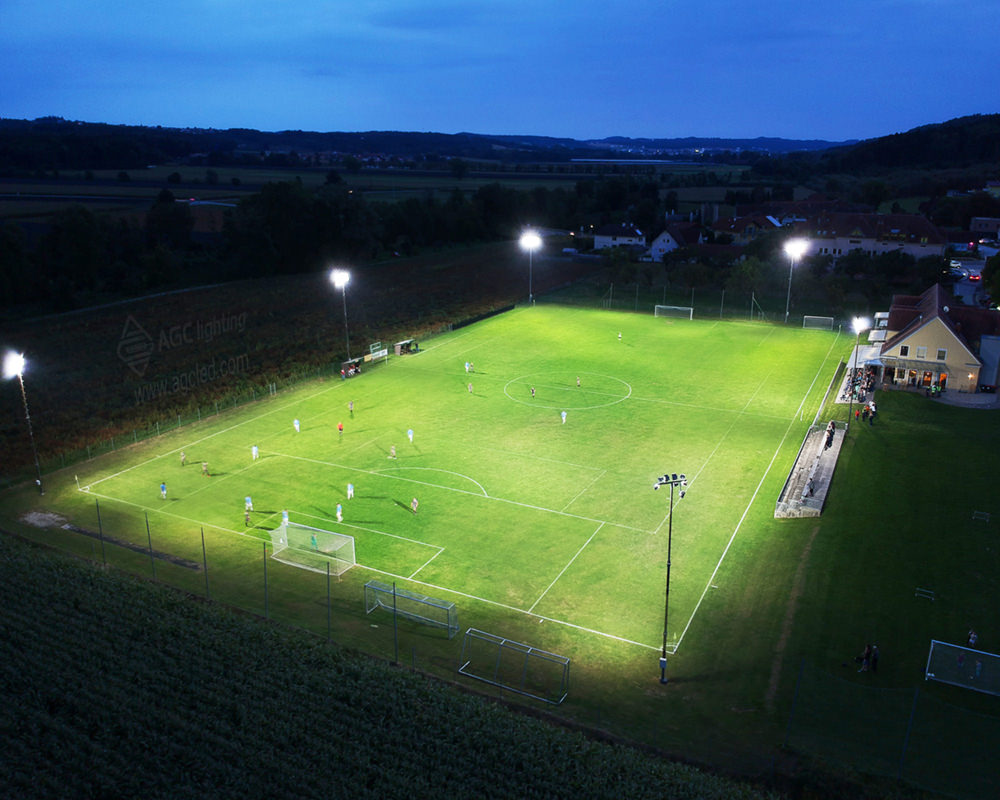Beam angle is an expression of the angle at which light is emitted from a light source. A light source can be defined as narrow-angle or wide-angle. Let's start by explaining the concepts of narrow and wide angles. If it is an indoor place, the beam angle should be selected according to the ceiling height. If it is an outdoor place, the beam angle should be selected according to the height of the pole or the height of the place. According to the difference in the irradiation surface, the low point should be prioritized to choose the wide-angle light source, and the high point should be prioritized to choose the narrow-angle light source.

If wide-angle lighting fixtures are placed in high places, the light will dissipate before it reaches the ground. As a result, it wouldn’t provide enough light. On the other side, if you place a narrow-angle lighting fixture at a low point, It will only illuminate a small area. There will be black spots, and you won't be able to achieve even lighting.

LEDs are direct light emitters. As a result, the concept of luminous angle has been taken into consideration by consumers, especially since the introduction of LED technology into our activity. This is because the angle of the beam is actually an important factor in determining how the light is struck. If no optical material is used, the LEDs usually emit light at an angle of 120 degrees. However, certain types of LEDs can have an optical material called a master optic placed on the LED package. In this way, the LED package can have a light angle of 30, 60, or 90 degrees.
At AGC, we know that the right lighting can transform any space. That's why we offer a wide range of lighting fixtures with varying beam angles to suit your needs.
Contact us today to learn more about our lighting products and services and how we can help you achieve the perfect lighting for your space.













